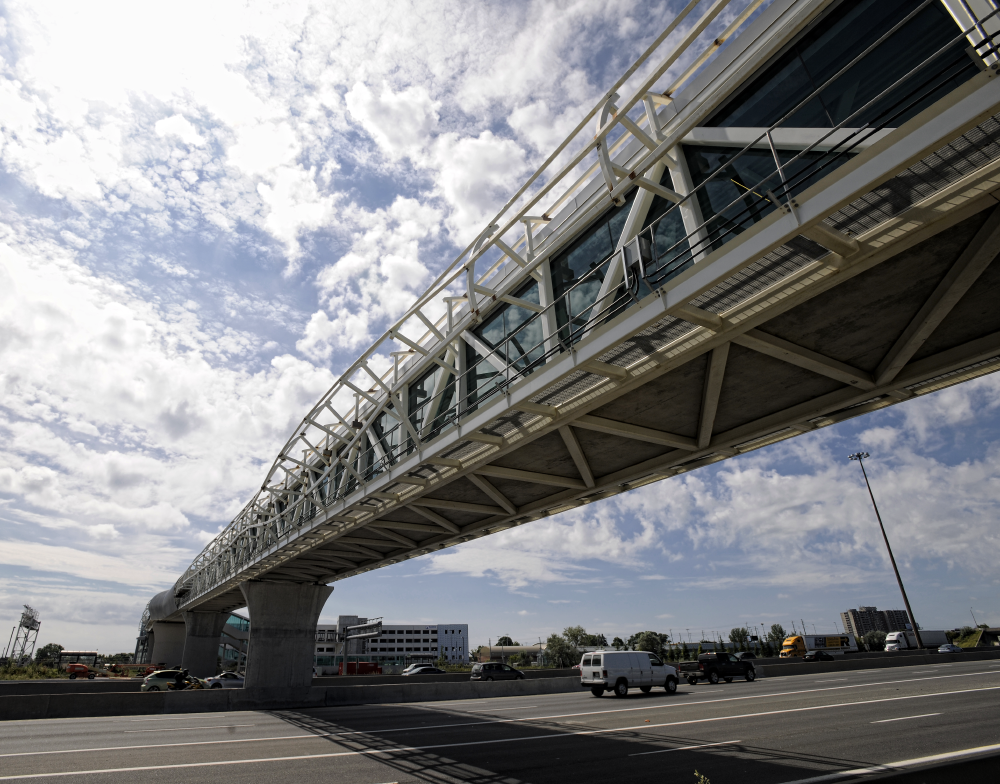Allandale25
Senior Member
We’re adding a brand new track to the Kitchener GO line to support future service increases of trains every 15 minutes or better up to Bramalea GO. To make room for additional track in the city’s… | Metrolinx
We’re adding a brand new track to the Kitchener GO line to support future service increases of trains every 15 minutes or better up to Bramalea GO. To make room for additional track in the city’s core, we had to make some adjustments. 🔧 Here’s how teams moved an entire rail bridge...
 www.linkedin.com
www.linkedin.com
We’re adding a brand new track to the Kitchener GO line to support future service increases of trains every 15 minutes or better up to Bramalea GO.
To make room for additional track in the city’s core, we had to make some adjustments.
Here’s how teams moved an entire rail bridge in one weekend in a busy neighbourhood on Bloor Street West.
More info on this project: https://lnkd.in/eGHrURkq





